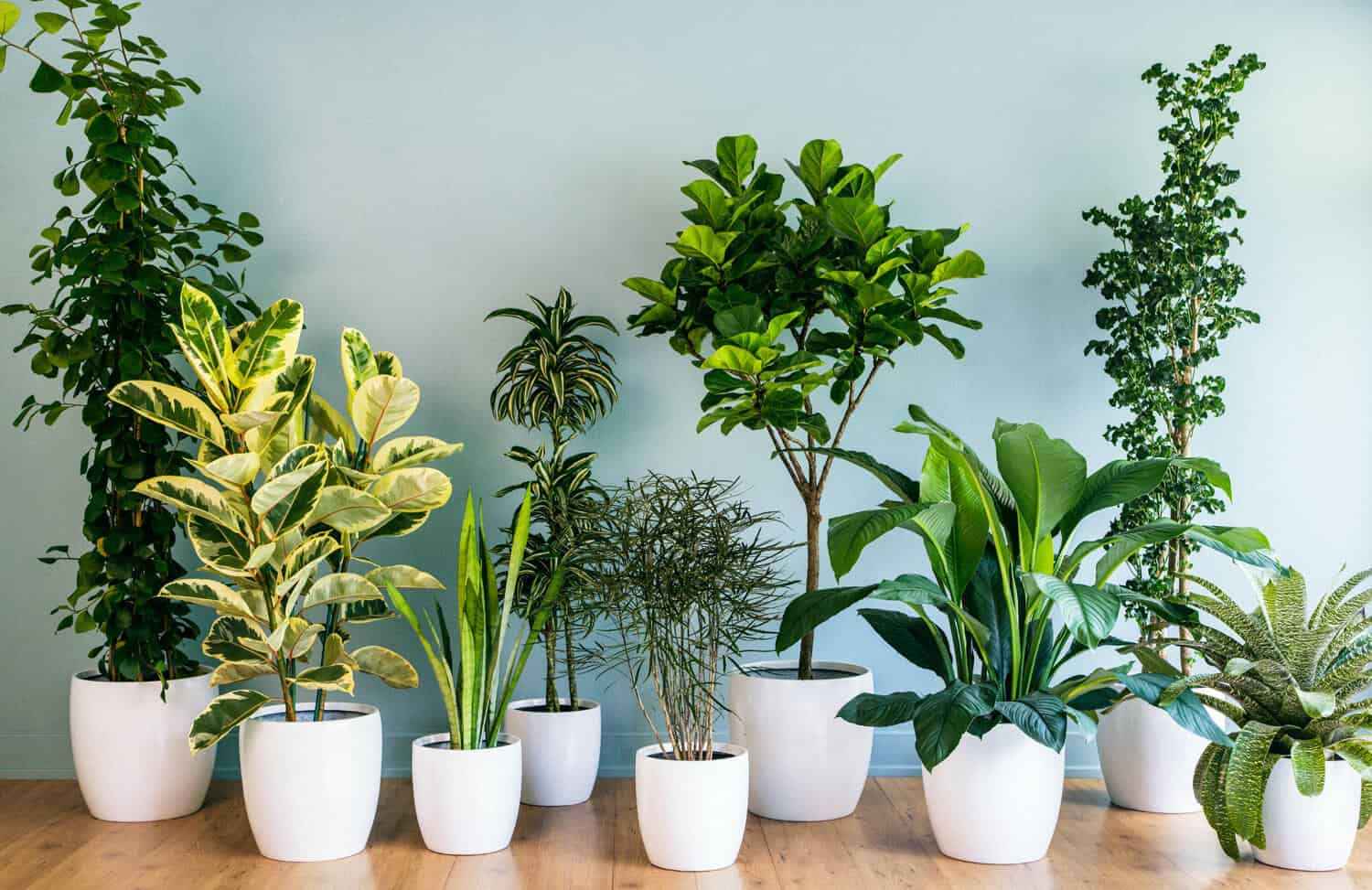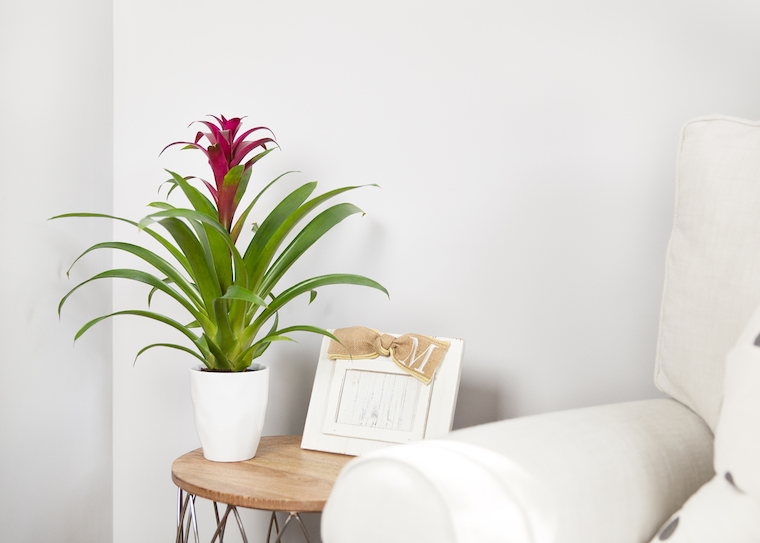Top 10 Best Low-Light Indoor Plants for Dark Rooms and Apartments
Top 10 Best Low-Light Indoor Plants for Dark Rooms and Apartments
Blog Article
Uncover the Keys of Low-Light Indoor Plants and Exactly How They Enhance Your Environment
Low-light indoor plants have actually garnered increasing interest for their special capacity to improve both aesthetic appeal and ecological top quality within homes and work environments. These resilient types, consisting of the Snake Plant and Peace Lily, not just prosper in difficult lights conditions yet also play an essential function in air purification and psychological well-being.
Advantages of Low-Light Indoor Plants
Although lots of people presume that indoor plants require plentiful sunshine to flourish, low-light indoor plants offer a plethora of benefits that make them perfect for different settings. Among the primary advantages is their adaptability; they can thrive precede with limited natural light, such as workplaces, cellars, or rooms with little home windows. This attribute enables individuals to boost their surroundings with greenery, adding to enhanced aesthetic appeals without the need for extensive illumination alterations.
Moreover, low-light interior plants can considerably enhance interior air high quality by filtering hazardous toxins and releasing oxygen, making living rooms healthier. The presence of plants has actually been linked to greater feelings of tranquility and emphasis.
Moreover, low-light plants usually require much less maintenance than their sun-loving equivalents, making them perfect for hectic people or those new to gardening. Their strength permits them to love marginal treatment, thus giving a satisfying experience for plant enthusiasts and amateurs alike. In recap, low-light indoor plants serve both aesthetic and useful functions, making them valuable enhancements to any type of room.
Leading Low-Light Plant Varieties
Low-light indoor plants been available in a selection of varieties, each offering unique characteristics and benefits fit for dark settings. Among the most popular selections is the Serpent Plant (Sansevieria), known for its air-purifying capabilities and architectural leaves. This resilient plant grows on forget and can tolerate a wide variety of light problems.
An additional exceptional selection is the ZZ Plant (Zamioculcas zamiifolia), which includes shiny, dark environment-friendly leaves and is highly drought-tolerant. Its versatility makes it a favorite for workplaces and homes with limited sunlight.
The Pothos (Epipremnum aureum) is also a top challenger, with its trailing vines and heart-shaped fallen leaves - Best low-light indoor plants. This functional plant can be trained to climb up or waterfall, adding visual rate of interest to any kind of space

Care Tips for Low-Light Plants
Taking care of low-light interior plants calls for a nuanced understanding of their details requirements to ensure optimum growth and vigor. It is vital to choose the appropriate potting mix, as a well-draining dirt is crucial to prevent root rot. A blend made for houseplants, typically containing peat moss and perlite, works well for the majority of low-light varieties.
Watering is another crucial element of care. Low-light plants typically need much less regular watering compared to their sun-loving equivalents. It is advisable to check the leading inch of dirt; if it really feels dry, it's time to water. Overwatering can lead to problems such as mold and origin decay.
Fertilization should be come close to with caution. Throughout the expanding season, a diluted fluid plant food can be applied monthly, but in wintertime months, several low-light plants get in inactivity and require little to no fertilization.
Finally, it is necessary to periodically clean up the leaves to remove dirt, enabling far better light absorption. By sticking to these treatment pointers, you can grow a successful environment for your low-light indoor plants, enhancing both their look and long life.
Enhancing Air Quality With Plants
Indoor plants play a considerable function in enhancing air high quality within homes and office. Through the procedure of photosynthesis, these plants take in carbon dioxide and release oxygen, contributing to a healthier environment. Additionally, particular low-light interior plants possess the ability to filter dangerous contaminants, such as formaldehyde, benzene, and trichloroethylene, which are commonly discovered in interior settings.

Furthermore, the visibility of interior plants can enhance humidity levels, which helps relieve dry skin and respiratory problems, even more boosting total health. This capacity to improve air quality not just advertises physical wellness however additionally supports psychological health.
Integrating low-light indoor plants into your living and functioning rooms can lead to a much more stimulating and dynamic atmosphere (Best low-light indoor plants). Buying these natural air cleansers is a simple yet efficient strategy for enhancing interior air high quality and cultivating a healthier way of living
Creating a Serene Indoor Area
The integration of plants right into living rooms not just boosts air quality however also adds to a tranquil environment. Low-light interior plants, such as snake plants and pothos, are particularly effective in creating a peaceful environment, as they flourish in problems that may otherwise be unwelcoming for various other plant. Their lush vegetation provides a relaxing visual, minimizing anxiety and promoting leisure.
Incorporating these plants into your home or office can stimulate a feeling of tranquility and wellness. Purposefully positioning them in locations where you invest significant time, such as living offices or spaces, permits an immersive experience with nature, which has actually been revealed to boost mood and cognitive feature.
In addition, the gentle motion of fallen leaves in reaction to air movement can develop a dynamic aesthetic element that enhances the total atmosphere. Think about using a range of plant heights and textures to include deepness and passion to your space. With thoughtful placement and care, low-light indoor plants can change any area right into a calm sanctuary, promoting not only visual satisfaction yet additionally psychological and emotional wellness.

Final Thought
Including low-light interior plants into various atmospheres returns considerable benefits, consisting of boosted air top quality and boosted aesthetic charm. The transformative power of low-light plants underscores their value in boosting both household and work setups.
Although numerous individuals assume that indoor plants require plentiful the original source sunlight to grow, low-light interior plants provide a wide variety of advantages that make them excellent for various environments.Moreover, low-light interior plants can dramatically improve indoor air quality by releasing and filtering dangerous contaminants oxygen, making view publisher site living areas healthier. In addition, certain low-light interior plants have the capacity to filter dangerous toxins, such as formaldehyde, trichloroethylene, and benzene, which are generally found in indoor environments.
Low-light indoor plants, such as snake plants and pothos, are specifically reliable in producing a calm environment, as they prosper in problems that may otherwise be inhospitable for various other greenery.Incorporating low-light interior plants into different atmospheres yields considerable benefits, including improved air high quality and enhanced aesthetic charm.
Report this page